Jumping into the world of sustainable innovation, we find ourselves marveling at the latest feat: solar-powered streetlights that twist and twirl, chasing the ever-moving sun. It’s not just a dance of technology; it’s a leap towards green energy.
Solar-powered products, from unassuming lamps to complex electronics, are increasingly dotting our landscape. These devices, with their promise of sustainability, embody the shift towards renewable energy. But let’s face it: they rely on the sun’s rays to function. Larger devices with hefty batteries can store energy for later use, but what about smaller gadgets that need a constant kiss of sunlight?
The Sunseeker: A Solution in Motion
Enter the Sunseeker, an innovative design concept by VANTOT that reimagines solar-powered streetlamps.
Traditional streetlamps stand stoically on poles, serving as steadfast beacons. However, static solar-powered lamps face a dilemma: their reliance on the sun’s position. Clouds and towering buildings can easily cast shadows, cutting off their energy supply.
The Sunseeker, however, shatters this static mold. Picture a streetlight unshackled from its pole, swaying along a chain with freedom and purpose. Each lamp houses light sensors that pinpoint where the sun’s rays are strongest, guiding the lamp’s solar panel to face that optimal direction. This movement isn’t just functional; it’s a nod to nature itself.
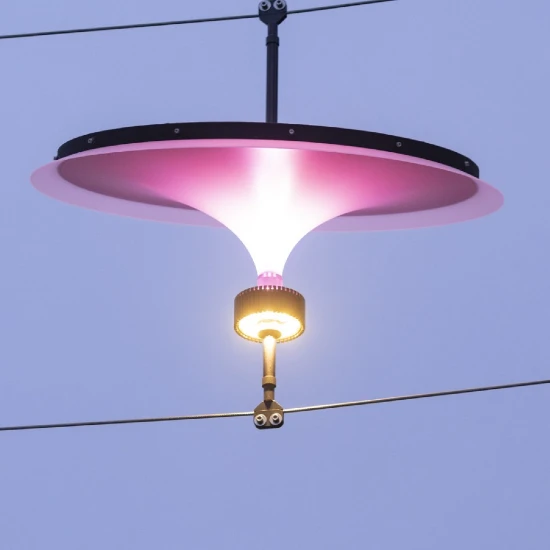
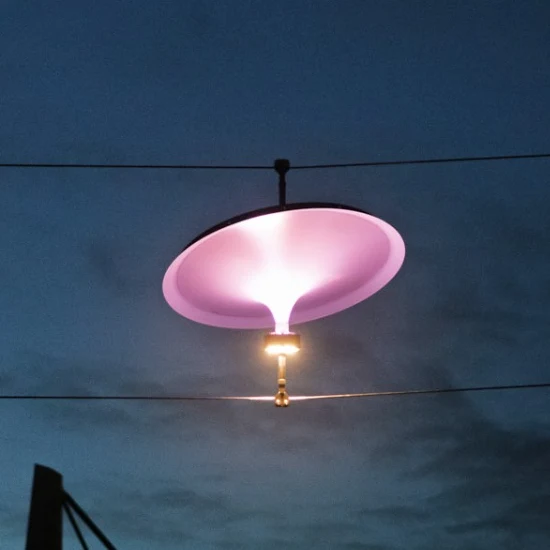
Emulating Nature: The Sunflower Effect
Think of sunflowers, those golden giants that always keep their faces turned towards the sun. This natural phenomenon is critical for solar-powered devices. By mimicking this trait, the Sunseeker ensures maximum efficiency, soaking up every possible ray until the sun dips below the horizon.
The Sunseeker isn’t just about harnessing solar energy; it’s an aesthetic marvel, and it’s pretty cool to experience!

Watching these circular panels rotate and align with the sun’s path offers a spectacle of technology in harmony with nature. Stationary or in motion, these lamps exude an otherworldly charm, reminiscent of a line of miniature UFOs under the night sky.
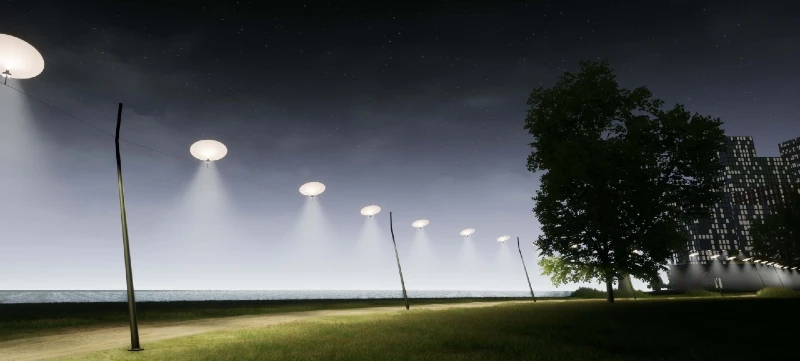
How the Sunseeker Outshines… Everyone
Compared to traditional solar-powered streetlights, the Sunseeker stands out in both sustainability and efficiency. Traditional models are at a constant disadvantage, unable to adjust to the shifting sun. The Sunseeker’s mobility allows it to capture solar energy more effectively, ensuring that it remains lit even in less sunny conditions.
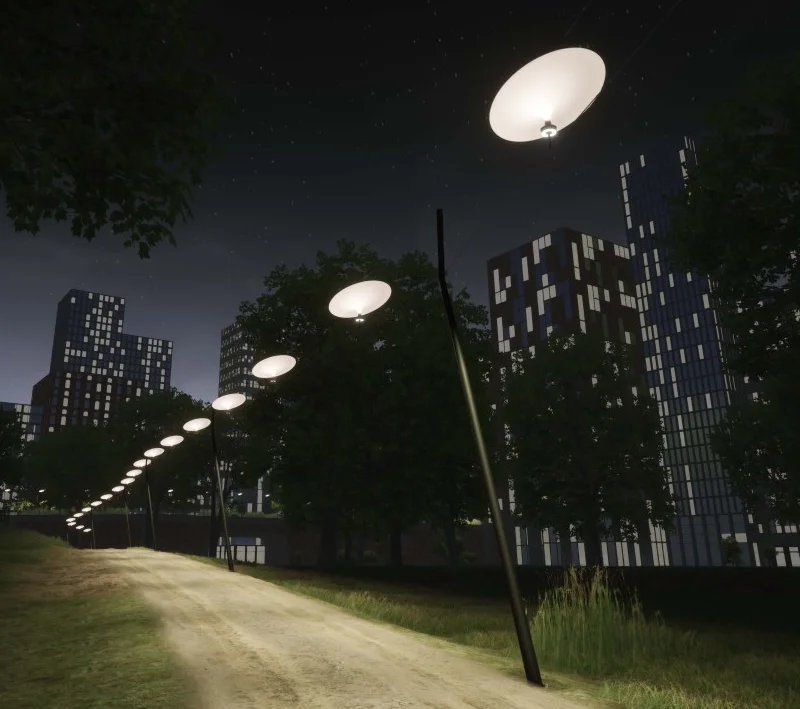
The Making of a More Sustainable Lamp
The Sunseeker’s sustainability isn’t just in its operation but in its design and production too.
By utilizing high-efficiency solar panels and durable materials, it ensures longevity and reduces the need for frequent replacements or repairs. The design minimizes waste and maximizes the use of renewable resources, setting a new standard for sustainable product design.
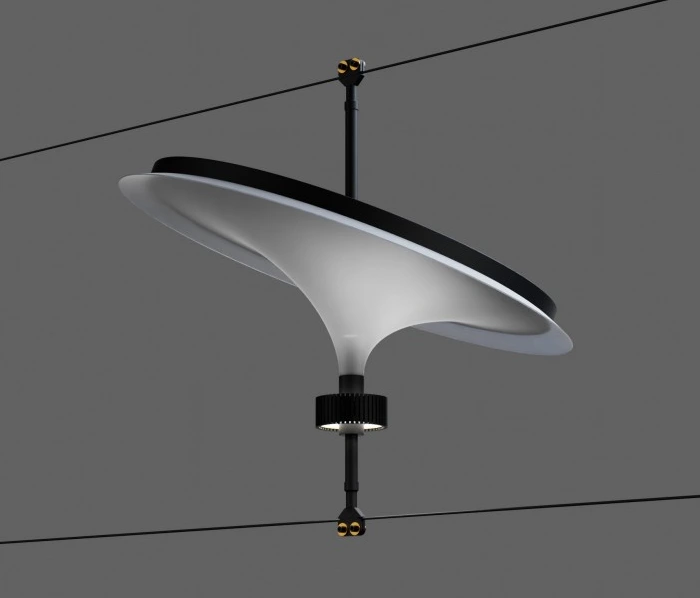
The Sunseeker isn’t just a streetlight; it’s a beacon of innovation in the realm of sustainable design. As we step into a future where renewable energy becomes the norm, designs like the Sunseeker are a proof of concept. And one desperately needed right now. In fact, if you’re still not on board with solar-powered, smarter streetlights, let’s go over some numbers. After all, sustainability is for the planet and, it’s our responsibility as planet dwellers.
The Financial Impact of Solar Streetlights on City Budgets
Imagine a medium-sized city, bustling with activity and illuminated by thousands of streetlights. These lights, essential for safety and navigation, come at a substantial cost to the city’s budget. To understand the potential savings solar-powered streetlights like the Sunseeker could offer, let’s dive into the financials of traditional street lighting.
The Cost of Traditional Street Lighting
In a typical medium-sized city, let’s say with a population of around 500,000, the network of streetlights can be extensive, often running into several thousands. For instance, maintaining 10,000 streetlights can be a significant financial undertaking. The annual expense includes energy consumption, maintenance, and periodic replacements.
- Energy Consumption: Traditional streetlights, often using high-intensity discharge (HID) lamps, consume a considerable amount of electricity. Assuming an average wattage of 250 watts per lamp and 12 hours of operation daily, the energy costs can be staggering. The annual energy expenditure for such a system could easily reach upwards of $1 million, considering the average electricity rates.
- Maintenance and Replacement: Regular maintenance and replacement of bulbs, fixtures, and wiring add to the costs. Cities might spend around 20% of the total lighting budget on maintenance, translating to hundreds of thousands of dollars annually.
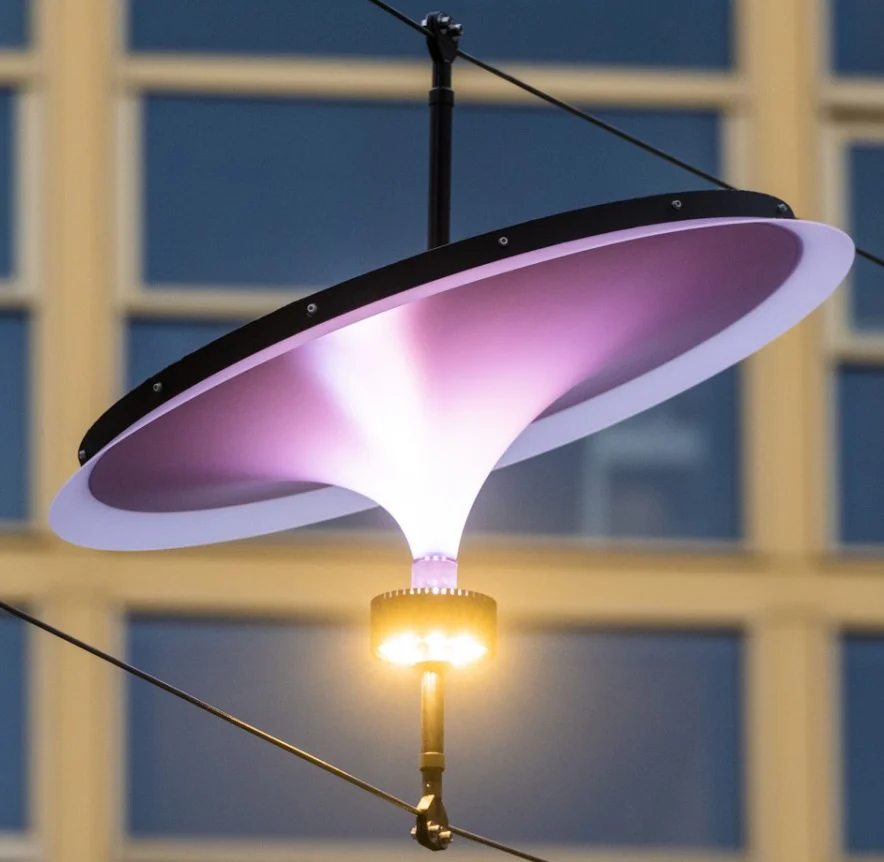
Savings with Solar-Powered Streetlights
Switching to solar-powered streetlights like the Sunseeker presents a substantial opportunity for cost reduction:
- Reduced Energy Costs: Solar streetlights derive their power from the sun, translating to virtually zero energy costs post-installation. Over a year, this could mean saving the entire $1 million that would otherwise be spent on electricity for traditional streetlights.
- Lower Maintenance Costs: Solar streetlights have fewer moving parts and require less maintenance than conventional streetlights. LED lights used in solar lamps also have a longer lifespan, reducing the frequency of replacements. This could mean slashing the maintenance budget by half, saving the city additional hundreds of thousands of dollars.
- Lower Maintenance Costs: Solar streetlights have fewer moving parts and require less maintenance than conventional streetlights. LED lights used in solar lamps also have a longer lifespan, reducing the frequency of replacements. This could mean slashing the maintenance budget by half, saving the city additional hundreds of thousands of dollars.
- Long-Term Financial Benefits: While the initial investment in solar street lighting might be higher, the long-term savings are substantial. Over a decade, a city could save several million dollars, funds that could be redirected to other critical urban development projects.
Impact on Taxpayers
These savings directly benefit taxpayers. With reduced expenditures on street lighting, city governments can allocate funds to other essential services or potentially lower taxes.
For residents, this innovation isn’t just about having eco-friendly streetlights; it’s about tangible financial benefits and smarter use of their tax dollars.
For a medium-sized city, the shift to solar-powered streetlights like the Sunseeker isn’t just an environmental statement; it’s a financially savvy move. By cutting down on energy and maintenance costs, cities can free up substantial portions of their budgets, benefiting both the government and the taxpayers.
More To Discover
- Buildings as Batteries: Rechargeable Concrete Could Transform Urban Energy
- mtrl.bike Eco-Friendly Bicycles with Recycled Plastics and Renewable Energy
- Electric Scooter Concept Aims to Overcome EV Challenges with Automated Battery Swap System
- The World’s Cleanest Electric Snowmobile: A Pininfarina Collaboration
In an era where every dollar counts, solar street lighting is a shining example of how innovative technology can lead to practical, financial benefits.
















